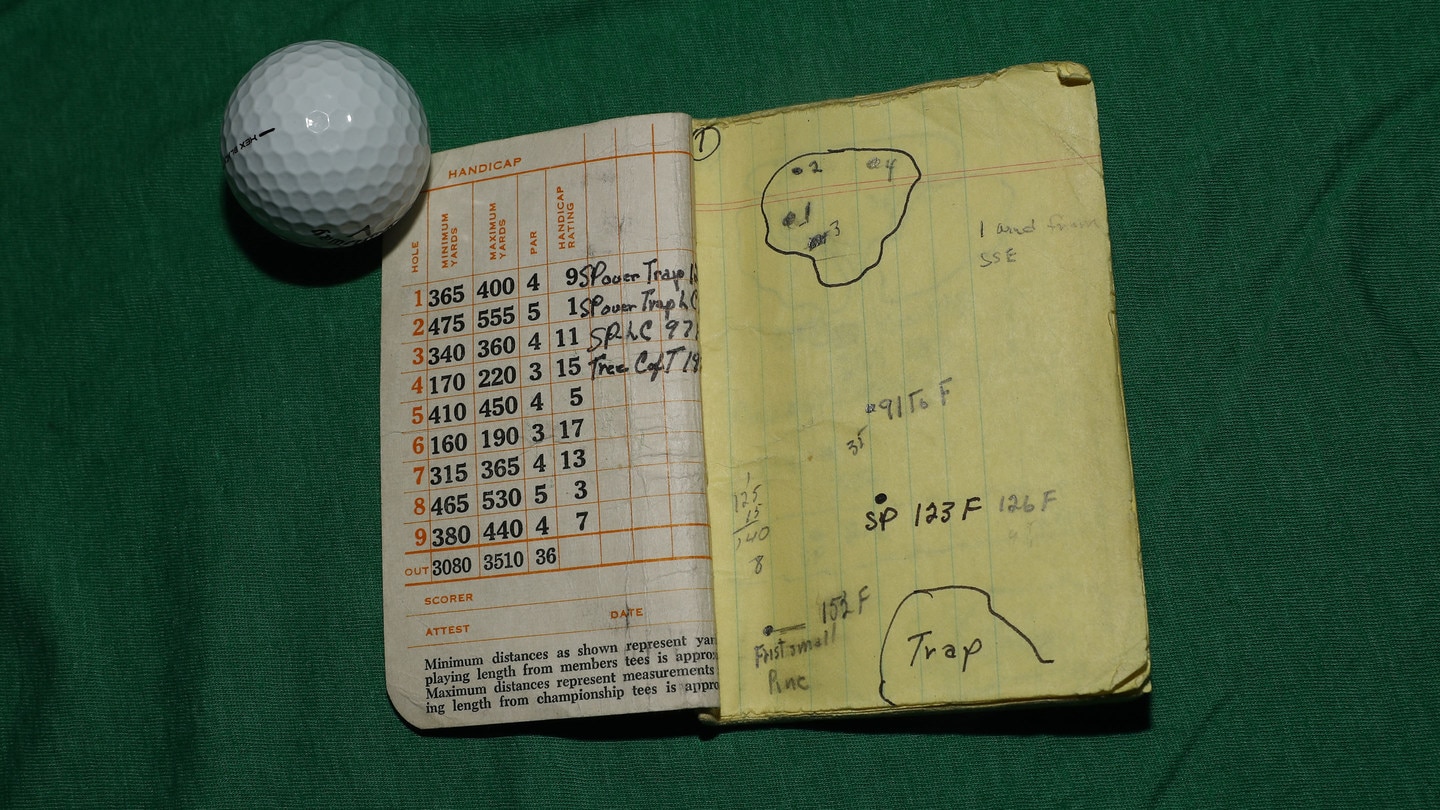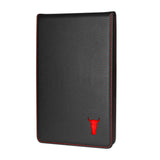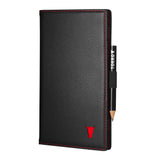In the 1950s, yardage books weren’t used or as readily available as they are now - golfers and caddies alike considered reading the hole more of an art. There were no markers on the fairways or anywhere on the course, everything was done by eye. Golfers would often mark themselves based on the location at the top or bottom of a bunker, a nearby tree, etc.
At Augusta National in the 1960s, caddies would often pass drivers to their players for the next tee, only to then go back and putt on the previous green to gain a greater understanding of the slopes. subtleties and reads of the green for the next time around.
The Early Golf Yardage Books
Yardage books are generally considered to be the product of Jack Nicklaus and Arnold Palmer originating in the 1960s. In the early 1960s, Jack Nicklaus played with a small notebook in his back pocket. He is believed to have been the first player to do so in a major championship.
In the mid-1960s, Arnold Palmer took pages from a yellow legal pad and stapled them inside a scorecard so that he could create his own yardage book for Augusta National. He had drawn in each hole, marked with greens, bunkers, and any other notable markings. The book was discovered in mid-March 2017, approximately 6 months after Palmer’s death, and then placed on display at the 2018 Masters.
 Image Source: Masters.com
Image Source: Masters.com
It was when Augusta National first allowed outside caddies at the masters that yardage books really began to become more available. Previously caddies had to use rudimentary yardage guides or had to check a diagram that had been placed on each tee box. Augusta National hired George Lucas, a former PGA Tour caddie and course surveyor (he had also previously caddied for Arnold Palmer), to precisely measure and devise a hand-drawn wallet-sized yardage guide. Creating yardage books in this style became a trademark on the PGA Tour and continues to this day.
How Yardage Books are used today

Image Source: Pro SecretsThese days, yardage books have evolved to become a lot more detailed and accurate. Rather than measuring by eye, golf courses are mapped using a wider source of information. Surveying instruments are used while walking around the course to map the outline of a fairway, sprinkler heads, bunker size etc. Aerial shots of the course and individual holes can now be taken, and drones can be used to gain further information.
All the information gathered is entered into a computer program that helps to construct the yardage book. We’re now a far cry away from the days of caddies roughly marking up location/distance against a tree. Some may think that new technology would replace or put an end to the traditional yardage book, but the opposite is true.
In today’s world of golfing, yardage books don’t only contain exact distance from point A to B, but also feature topographical information like slopes, suggested putting lines and distances to significant parts of a hole. With millions of dollars on the line at a professional level, a player without a yardage book is placing themselves at a disadvantage.
Even at an amateur or recreational level, any player serious about improving their game can only benefit from using the information that a yardage book provides. To highlight their importance and rigorous requirement for accuracy, PGA Tour courses every year produce a new yardage book so that even the slightest of changes are recorded as accurately as possible.
2022 PGA Tour rule changes
With that said, the beginning of 2022 saw a rule change for yardage books on the PGA tour. The tour’s competition committee authorised the creation of its own committee-approved yardage books, which include traditional green information but do not permit raw information on slopes and grades gained from slope reading technology. Instead, players and caddies are now to revert to using information gained from their own eyes. They are allowed also to transfer old notes that they have already made which meet the tour’s new restrictions.
The move was generally well-received by most professional players, who felt that reading the green is a real skill and having the information readily available nullified a potential advantage by those who excelled at it. This is only a local rule change, as opposed to a change to the Rules of golf so only applies to those competing in PGA Tour events.
Shop the TORRO Range
We are big golf fans here at TORRO, so it's only natural we created our own range of personalised golf accessories.
From our best-selling leather scorecard holder & yardage book covers, and accessory kit (featuring tees, divot repair tool, and ball marker) to our essential wooden bamboo tees refill packs, we have a range of golf accessories to make the most of your day on the course.



